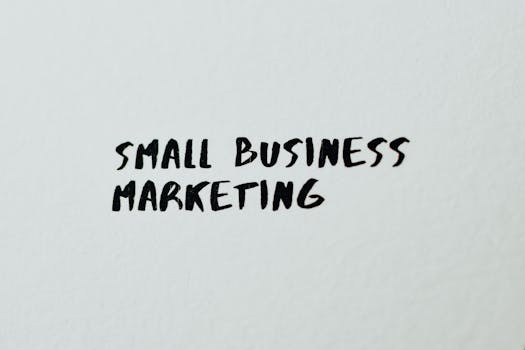Branding is not just about logos and colors, it is how people feel when they see your product, read your emails, or hear your name. Messaging is how you shape that feeling into words that stick. Most early-stage startups either overcomplicate their branding or ignore it entirely. In this guide, we’ll walk through how to build a lean but powerful brand identity and messaging system that makes your startup look sharp, feel trustworthy, and clearly tell customers why they should care.
Start with Your Positioning
Before you design anything, get clear on these questions:
- Who are you helping?
- What painful or frustrating problem do they have?
- What outcome does your product or service create?
- Why is your way better, faster, cheaper, or easier?
You can map this using the Positioning Canvas from April Dunford’s excellent book “Obviously Awesome”. She teaches how to frame your offering in a way that resonates with the right audience.
Quick template you can use:
“For [target customer], who [problem they face], our product is a [category] that [main benefit]. Unlike [alternative], we [unique difference].”
Example:
For remote engineering teams who struggle to stay aligned, our product is a lightweight async standup tool that keeps teams accountable without meetings. Unlike Slack reminders or Jira comments, we focus on team-wide visibility and smart insights.
Define Your Brand Identity
You don’t need to spend thousands on an agency. Start with a basic visual identity and tone of voice that feels right for your product and audience.
Visual Identity
At minimum, define:
- Primary color (1 main color)
- Secondary color (1 contrasting color)
- Font pairing (use Fontpair)
- Logo (use Looka, Hatchful, or Figma)
Free brand kits:
- Coolors for palette generation
- Figma templates
Save all of this in a single Notion page or Google Doc for consistency.
Tone of Voice
This is how you “sound” in writing. Pick 2–3 tone traits that match your brand and audience. For example:
- Friendly, helpful, and concise (good for SaaS)
- Bold, honest, and direct (great for disruptive B2B)
- Warm, quirky, and caring (ideal for consumer wellness products)
Use real customer phrases from interviews or surveys in your messaging. Mirror their language to build trust.
Write Your Core Messaging
Create a messaging doc with these core parts. Every founder should have these written down:
1. One-liner
What you do in one short sentence. Avoid jargon.
“Simple bookkeeping software for freelancers.”
2. Tagline
Short, punchy statement that communicates the outcome.
“Get paid. Stay organized. Feel peace of mind.”
3. Hero Message
This is what goes above the fold on your homepage. Combine value + problem + result.
“Managing finances shouldn’t be a full-time job. Our tool helps freelancers track income, expenses, and taxes automatically.”
4. Elevator Pitch (30–60 seconds)
Use in sales calls, demo intros, or investor chats.
Structure:
“We help [audience] solve [problem] by providing [solution]. What makes us different is [key benefit or innovation].”
Align Branding Across Touchpoints
Once the foundation is clear, make sure everything from your website to social media to emails feels consistent.
Checklist:
- Logo and colors appear the same on all platforms
- Homepage uses your one-liner and hero message
- Social bios describe your value clearly
- Email signatures and pitch decks match brand tone
- Presentation decks use the same fonts, colors, logo
Use Notion or [Google Drive] to store a “Brand Kit” folder with logo files, colors, fonts, tone guide, and messaging cheat sheet. Share it with anyone helping you build.
Refine Based on Real-World Feedback
Don’t treat branding as permanent. Once customers start interacting with your product, listen carefully to their words. Do they “get” what you do in 10 seconds? Are they confused by your tagline? Do they describe your product differently than you do?
Ways to test:
- Show your homepage to 5 strangers and ask, “What do you think this company does?”
- Use UsabilityHub for message clarity testing
- Record user sessions with Hotjar to see where people drop off
Refine your messaging until people can understand what you do and why it matters without needing a call or PDF.
Final Checklist
- Positioning statement completed using real customer language
- Brand voice traits chosen and examples documented
- Basic visual identity created (colors, fonts, logo)
- One-liner, tagline, and homepage message written
- Messaging used consistently across website and profiles
- Brand kit stored in a shareable folder
- Messaging tested and refined using feedback
Recommended Resources
- “Obviously Awesome” by April Dunford – best book on positioning
- MarketingExamples.com – real-life examples of great messaging
- Coolors.co – for color palette creation
- Looka.com or Hatchful – easy logo tools
- Figma – to build your branding kit and social assets

